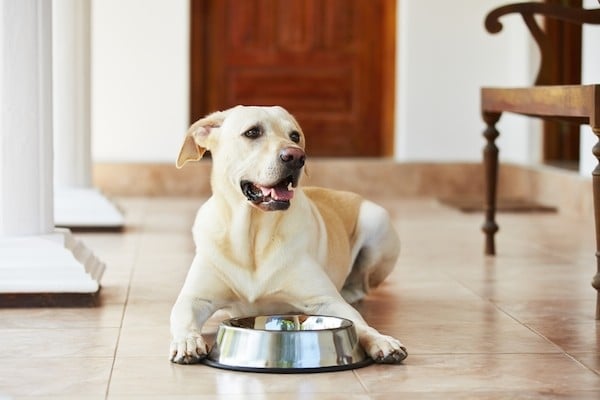Dos And Don’ts To Win Your Dog’s Heart
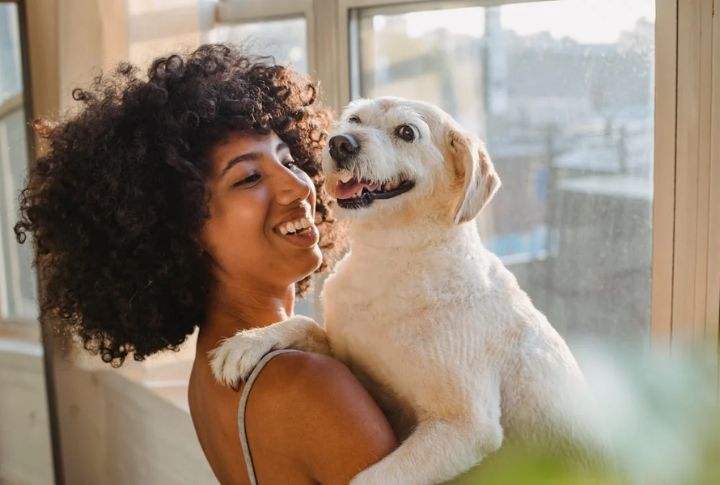
Dogs love us unconditionally—well, almost. Let’s be honest: some of our actions definitely make them question their life choices. But on the flip side, there are moments that melt them into a blissful pile of mush. So, let’s take a look at what makes dogs roll their eyes and what makes them love us even more.
Do: Engage In Play Sessions
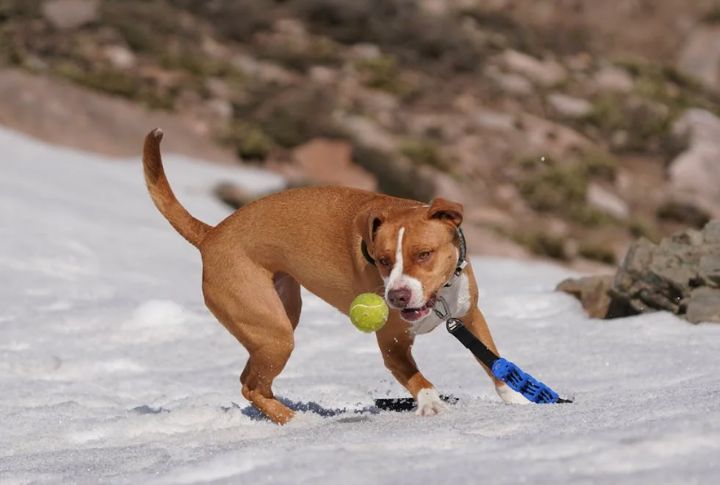
Tossing a ball or chasing each other builds a powerful emotional connection. Dogs release oxytocin—the “love hormone”—during play, which strengthens their trust in you. Even a few minutes of interactive play daily lowers stress and prevents destructive behaviors. So, grab that favorite toy and bond!
Don’t: Skipping Regular Walks
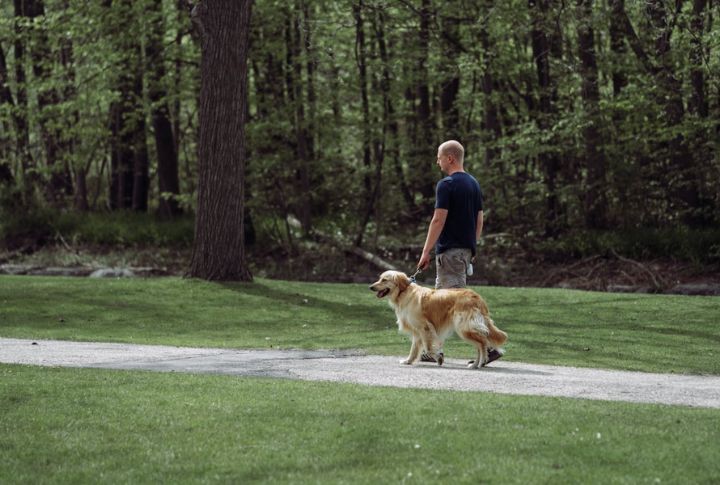
Boredom turns dogs into household wrecking balls. Regular walks are their version of scrolling social media, catching up on neighborhood gossip through scents and sights. A cooped-up pup with no sniffing time is a grumpy pup.
Do: Maintain A Consistent Routine
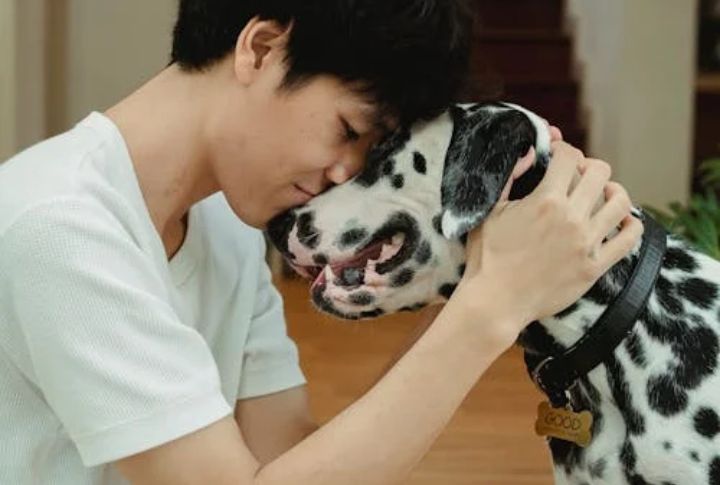
Predictability brings comfort. Dogs don’t wear watches, but they know exactly when dinner should be served and when bedtime rolls around. A steady routine builds trust and security, making them feel cared for. Plus, when life gets hectic, sticking to familiar patterns reassures them that everything’s okay.
Don’t: Overly Tight Hugs
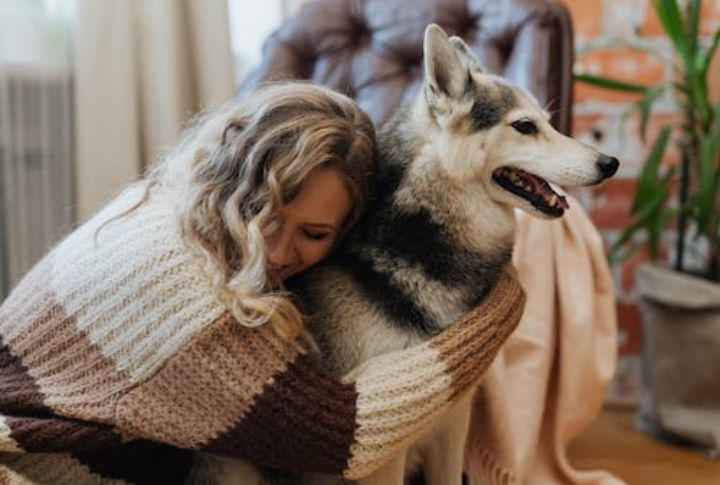
Squishing a dog in a bear hug feels affectionate to humans. However, to them, it’s like being trapped in a full-body tackle. Canines are all about personal space, and squeezing them can trigger a “get me out of here” moment. Let head scratches do the bonding instead.
Do: Use Positive Reinforcement Training
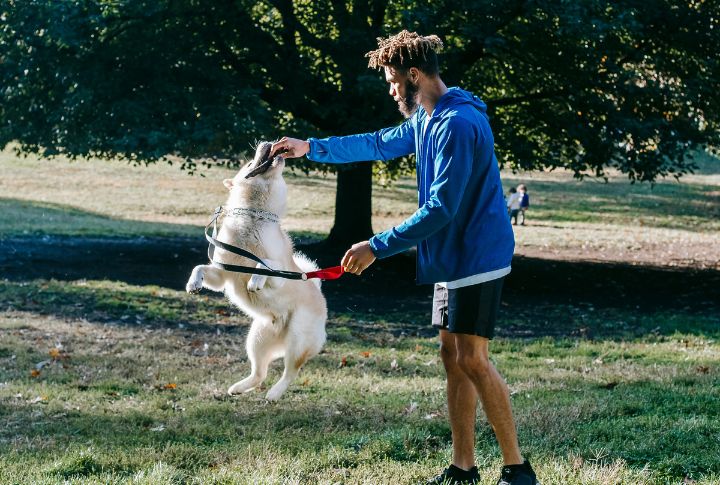
A well-timed “good dog!” can make tails wag faster than any reprimand ever could. Rewarding behavior with treats, praise, or a favorite toy reinforces trust and confidence. Dogs thrive on encouragement, as when they associate obedience with joy instead of fear, they become eager learners.
Don’t: Dressing Dogs In Costumes
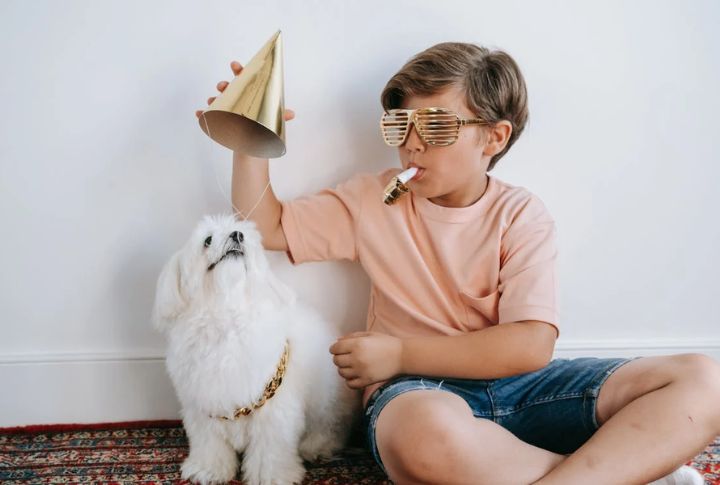
Nothing says “Why, human? Why?” like squeezing a dog into a frilly tutu or a pirate hat. Most pups tolerate a quick photo op, but extended wear? That’s a different story. Clothes can feel itchy, restrictive, or downright annoying, especially when they block tail wags or ear movements.
Do: Provide Mental Stimulation
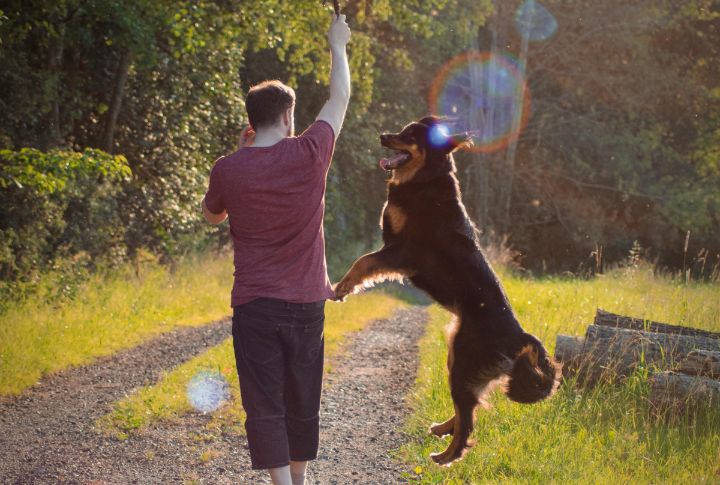
A tired brain is just as satisfying as a tired body. Snuffle mats and hide-and-seek games challenge dogs to think and stay engaged. Even teaching new tricks keeps their minds sharp. Hence, mental workouts prevent boredom, making home life exciting and reinforcing you as the ultimate fun-giver.
Don’t: Loud Household Appliances

Vacuum cleaners are basically canine horror movies in action. That deafening roar and the way it “eats” fur make it the ultimate villain. Plus, hair dryers, blenders, and doorbells can also send dogs running for cover. A little warning before flipping the switch can save a lot of frantic tail tucking.
Do: Offer Gentle Physical Affection
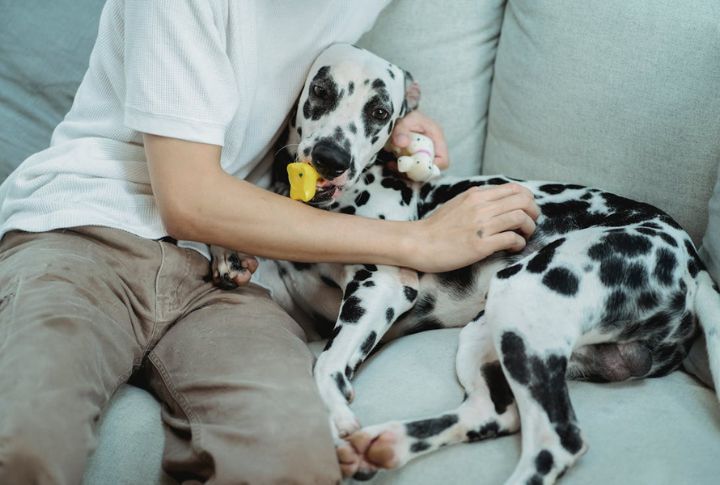
Imagine if red lights sometimes meant stop and other times meant “maybe.” That’s what mixed training signals feel like to dogs. Commands should be clear, consistent, and backed by actions. Telling a dog not to jump, then letting them hop on the couch for cuddles, makes rules as confusing as a plot-twist thriller.
Don’t: Inconsistent Training Methods
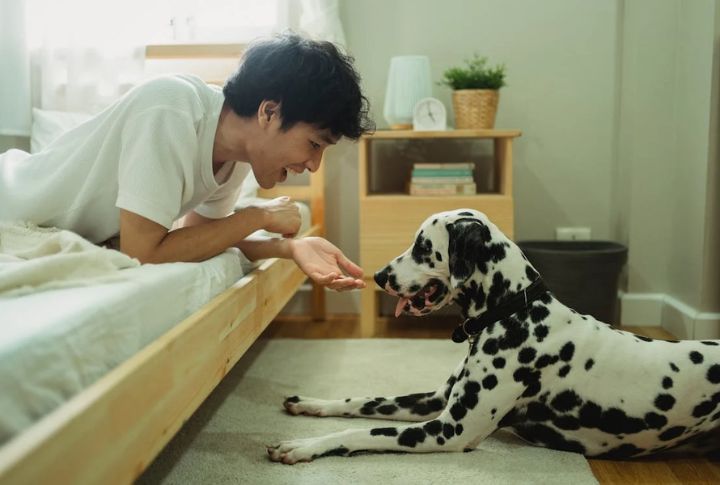
Imagine if red lights sometimes meant stop and other times meant “maybe.” That’s what mixed training signals feel like to dogs. Commands should be clear, consistent, and backed by actions. Telling a dog not to jump, then letting them hop on the couch for cuddles, makes rules as confusing as a plot-twist thriller.
Do: Explore New Environments Together
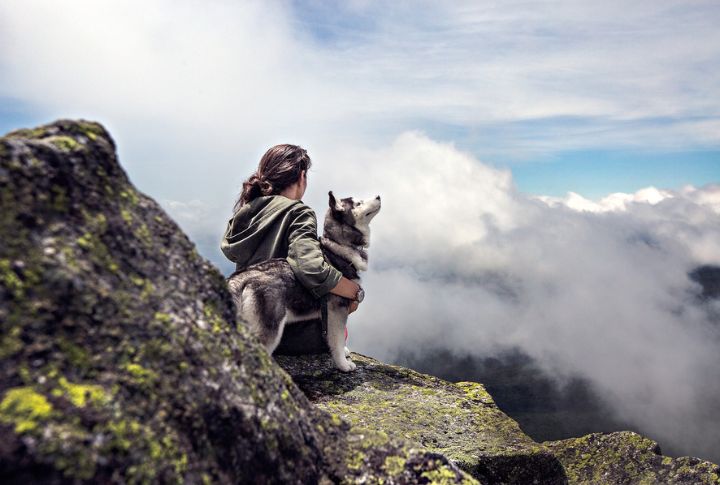
Routine is comforting, but adventure excites them. Taking your dog to new parks or pet-friendly stores provides mental enrichment and socialization. Exposure to new scents and experiences reduces anxiety and builds confidence. Every sniff tells a story, and every outing strengthens your partnership.
Don’t: Prolonged Eye Contact
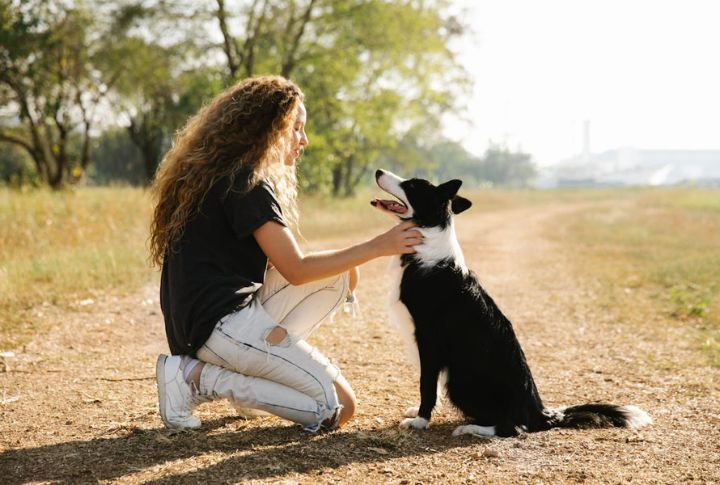
In the human world, eye contact shows confidence. In the dog world, it’s a silent challenge. Holding a stare too long can make dogs uneasy, like an unexpected showdown in an old Western film. Instead of locking eyes like a detective grilling a suspect, try soft glances and casual blinks.
Do: Understand Their Body Language
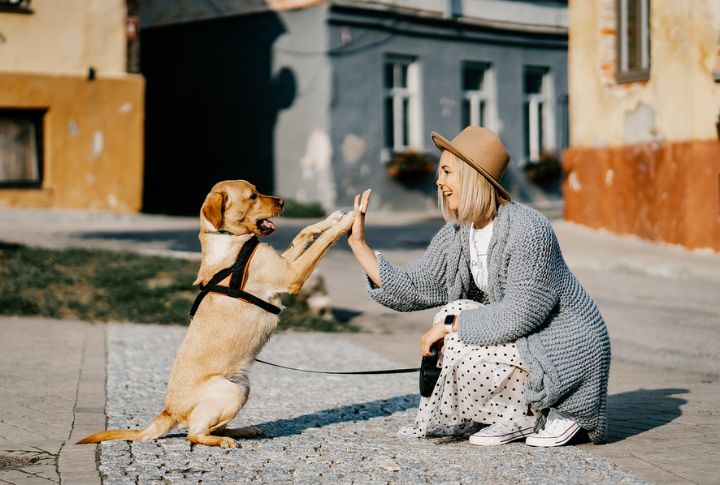
Tail wags don’t always mean happiness. Dogs communicate through subtle cues, and misreading signs can break trust. Learning their signals prevents misunderstandings and makes them feel truly seen. A dog who feels understood offers unconditional love in return.
Don’t: Teasing During Play
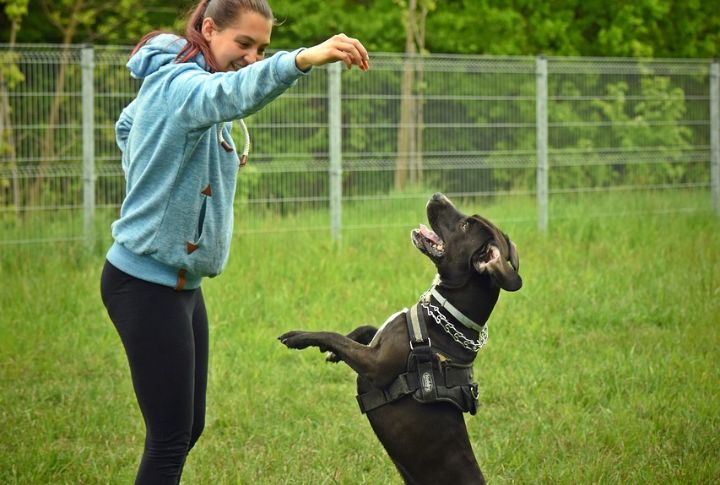
Fake ball throws and dangling treats just out of reach? Not as funny as they seem. Dogs take playtime seriously, and tricking them can chip away at their trust. Imagine being promised pizza, only to have the box yanked away. Not cool. Keep games fun, fair, and frustration-free!
Do: Provide A Safe And Comfortable Space
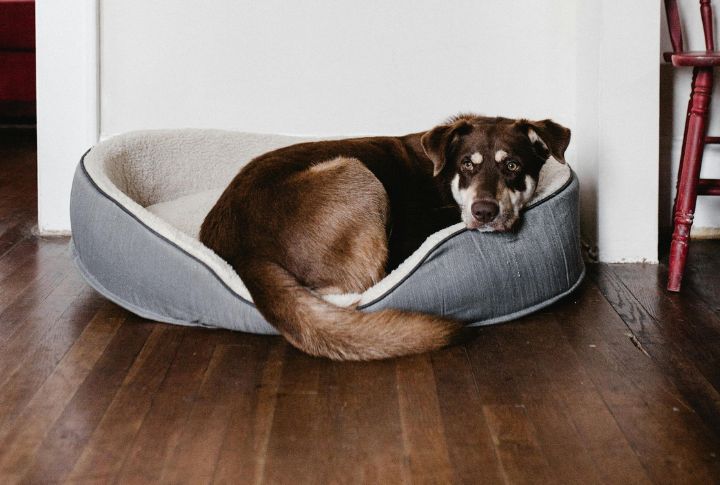
Dogs instinctively seek out den-like areas where they can unwind without interruption. A well-placed bed in a peaceful spot offers a sense of ownership. Moreover, when life gets overwhelming—loud noises, unfamiliar guests, or simply exhaustion—having a safe haven reminds them that they are always protected.






